In golf, speed is everything! From the ball's speed to the rhythm of your swing, every moment can impact your final score. However, how to measure the speed of a moving object in golf? Fortunately, with technological advancements such as laser rangefinders, launch monitors, etc., devices like these can provide key speed data. They act like your personal coach, enhancing the precision of every shot and making it easier to hit that perfect drive!

Part 1. Why Measuring Moving Object Speed Matters?
Measuring the speed of moving objects in golf, particularly the ball, is crucial for a few reasons:
- Shot Precision: Knowing the ball's speed can help players understand how far the ball is likely to travel. This allows them to adjust their swing and club choice accordingly, improving shot accuracy.
- Course Strategy: Golfers can use ball speed data to plan their strategy, especially on courses with varied terrain. Knowing how quickly the ball moves helps in determining the best angles for approach shots or how to handle wind conditions.
- Swing Performance: By measuring the speed of the ball, players can evaluate the efficiency of their swing. A faster ball speed typically indicates a more powerful swing, while a slower speed might suggest room for improvement in technique.
- Equipment Optimization: Measuring the ball speed can also help in choosing the right equipment, such as the right club or golf ball, to match the player’s strengths. It aids in understanding how changes in equipment can affect performance.

Part 2. Common Methods for Measuring Speed of Moving Objects in Golf
Accurate measurement of a moving object's speed is crucial in golf. Players and coaches often rely on various technologies to gather data on ball speed and swing effectiveness. Below are some of the most common methods for measuring golf speed. Let's check them out!
1. Launch Monitor
Launch monitors are one of the most advanced and widely used tools in golf training today, frequently used by professional players and coaches. These devices use high-frequency radar or high-speed camera technology to measure key metrics such as ball speed, launch angle, spin rate, and clubhead speed. Launch monitors typically offer the following features:
- Ball Speed Measurement: Measures the speed at which the ball exits the clubface.
- Launch Angle and Spin Rate: Provides insights into the angle of launch and the amount of spin on the ball, which is critical for adjusting swing techniques and shot strategies.
- Clubhead Speed: Understanding clubhead speed is crucial for improving ball speed and shot accuracy.
However, launch monitors are expensive and typically require a larger space for setup. Despite their high cost, their accuracy and multifunctionality make them a preferred choice for many golf professionals and performance analysts.
2. Doppler Radar System
The Doppler radar system works based on the Doppler effect, measuring the frequency shift between the radar signal and the moving object (the golf ball). This allows the system to calculate the ball’s speed in real-time. Key features of Doppler radar include:
- Real-Time Data: It provides real-time ball speed data, allowing coaches and players to make instant adjustments.
- High Accuracy: Ideal for professional training, offering detailed and precise analysis of the ball's motion.
However, Doppler radar systems are typically high-end training tools with a high price tag and are usually used in specialized training environments, making them most suitable for professional players and top-tier training facilities.

3. High-Speed Camera
High-speed cameras capture the motion of the ball and the club, then analyze the footage frame by frame to calculate speed. This method can record hundreds or even thousands of frames per second, allowing for a detailed study of the ball’s trajectory and speed. Advantages of using high-speed cameras include:
- Fine-Tuned Analysis: The ability to review each detail, including the exact moment the club makes contact with the ball and the ball's flight path.
- Ideal for Laboratory Testing: High-speed cameras are often used in experimental or scientific environments where precise data analysis is required.
However, high-speed cameras require specialized equipment, and the analysis process can be time-consuming. They are better suited for laboratory settings or situations where highly detailed data is needed, rather than for everyday training.
4. Laser Rangefinder
Laser rangefinders use a laser beam to measure the distance between the device and a moving object, which can then be used to calculate the object’s speed. Many high-end laser rangefinders are capable of measuring the speed of moving objects, including golf balls. Key benefits include:
- Simple to Use: These devices are easy to operate, with a simple point-and-shoot function that automatically calculates the speed of the moving object.
- Instant Feedback: Provides real-time speed readings, making it suitable for use on the golf course during practice or actual play.
- Portability: Laser rangefinders are compact and portable, making them ideal for use on any golf course or training facility.
However, the accuracy of laser rangefinders can be influenced by environmental factors such as weather conditions or the distance between the device and the object. As a result, some skills and experience are required to effectively use these devices.

Part 3. How to Use Rangefinder to Measure Moving Object?
Compared to other devices used for measuring the speed of moving objects, the laser rangefinder offers the best value for money, both in terms of cost and ease of use. It allows players to accurately measure the speed of moving objects, such as a golf ball. Here we will walk you through the steps of using a laser rangefinder to measure speed accurately.
Step 1: Choose the Right Laser Rangefinder
Select the right golf laser rangefinder, such as Gogogo Sport Vpro GS24, that supports speed measurement and has a Speed Mode for accurate measurement of the golf ball's speed.

Step 2: Adjust Your Position
Proper positioning is crucial for optimal speed measurement accuracy. Stand directly in front of or behind the ball’s flight path, ensuring that the device is aligned parallel to the trajectory of the ball. Avoid standing too far away or at too wide of an angle, as this could affect the measurement results.
Step 3: Activate Speed Mode
Switch to the Speed Mode on your laser rangefinder and aim at the moving object. Typically, the rangefinder will automatically calibrate and be ready for speed measurement. For example, if you use Gogogo Sport Vpro GS24, just switch it to Model 3 to activate Speed Mode.
Step 4: Lock onto the Moving Object
Aim at the golf ball, ensuring the laser rangefinder locks onto the target. The laser will emit pulses and track the movement of the object, calculating its speed in real-time.
Step 5: Read the Measurement Results
The laser rangefinder will display the speed results on the screen, typically in miles per hour (mph) or meters per second (m/s). Players can use this data to optimize their swing and select the appropriate club.
Final Thoughts
Measuring golf ball speed is key to improving your game. Using tools like radar speed guns, laser rangefinders, and video analysis can provide accurate data on ball and swing speed. For casual golfers, a laser rangefinder is a practical and affordable choice to help understand ball dynamics and improve performance.
If you need a high-quality, reliable laser rangefinder, Gogogo Sport Vpro rangefinders is the ideal choice to support your progress on the golf course!

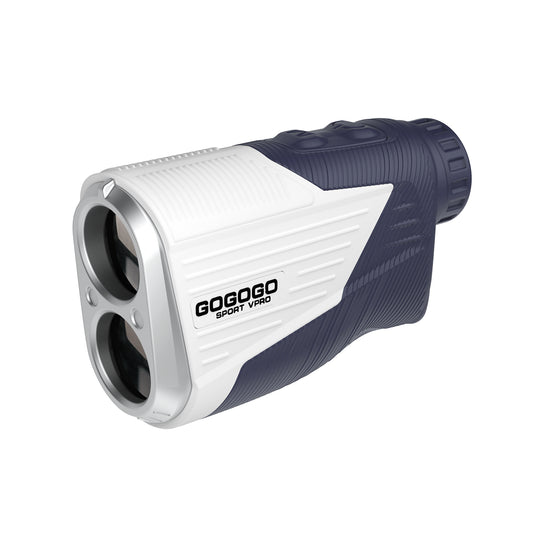
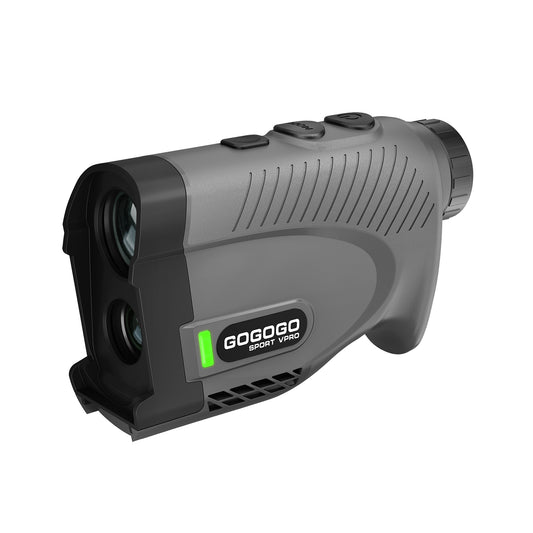
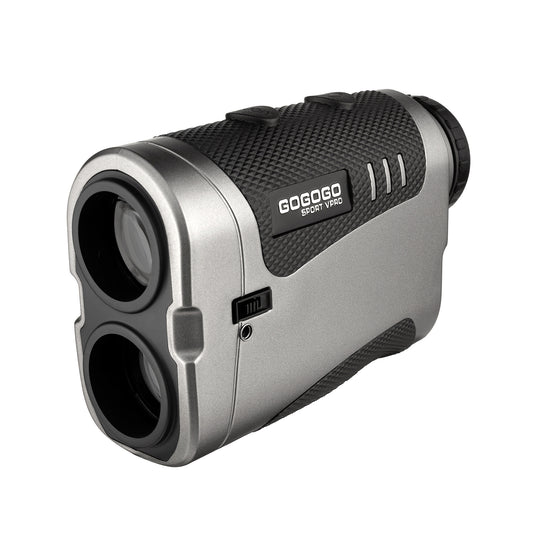
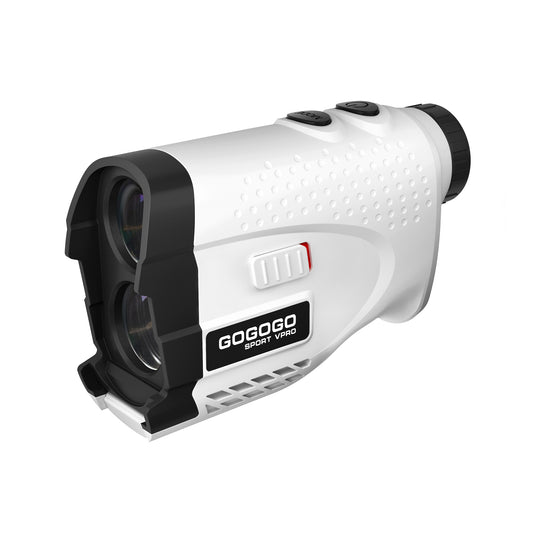
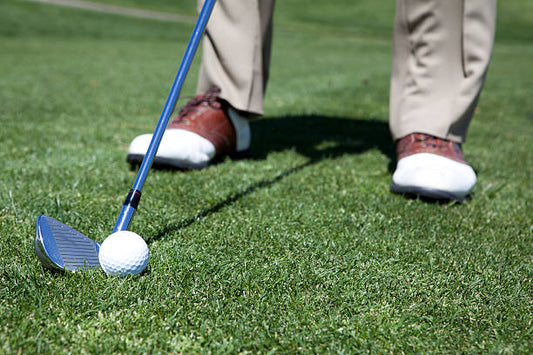
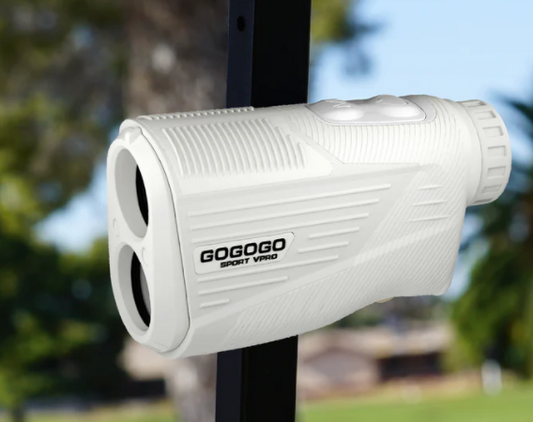
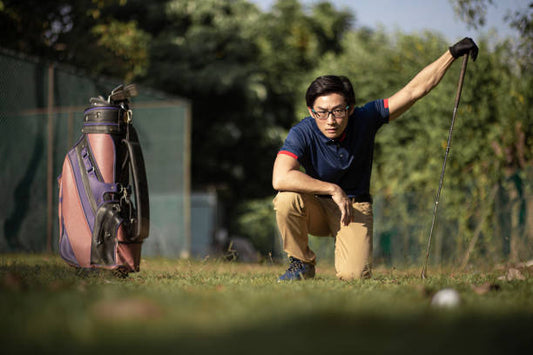
![[2025] The Ultimate Guide to Pinseeker Rangefinders for Golfers](http://gogogosport.com/cdn/shop/articles/gogogo_sport_vpro_pinseeker_rangefinder.png?v=1757993796&width=533)